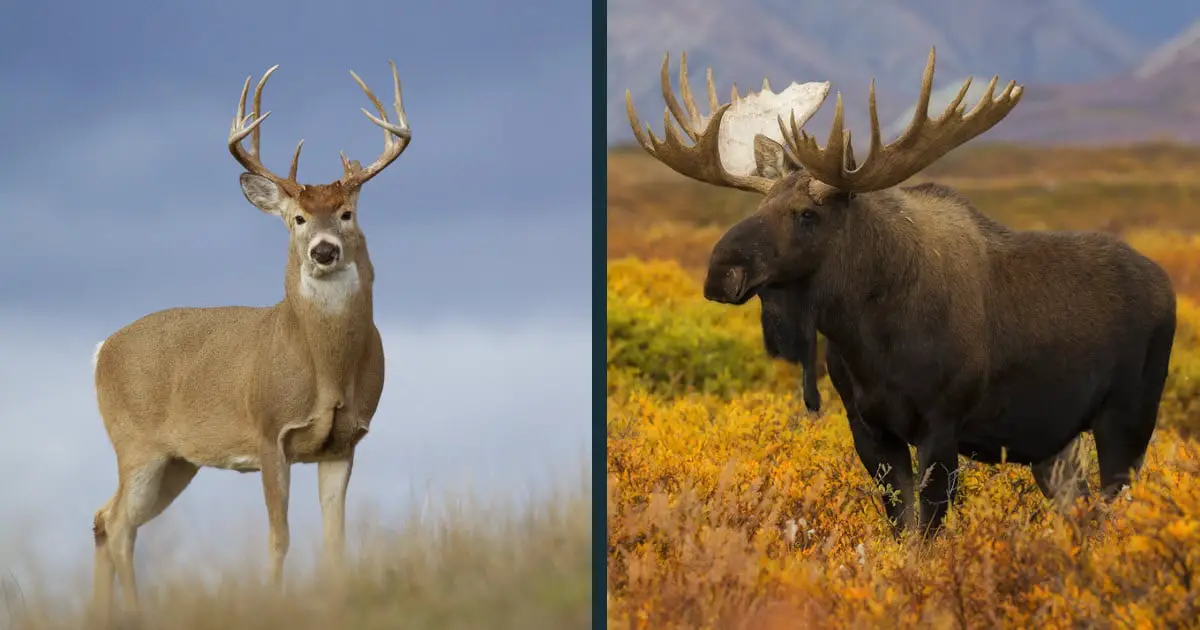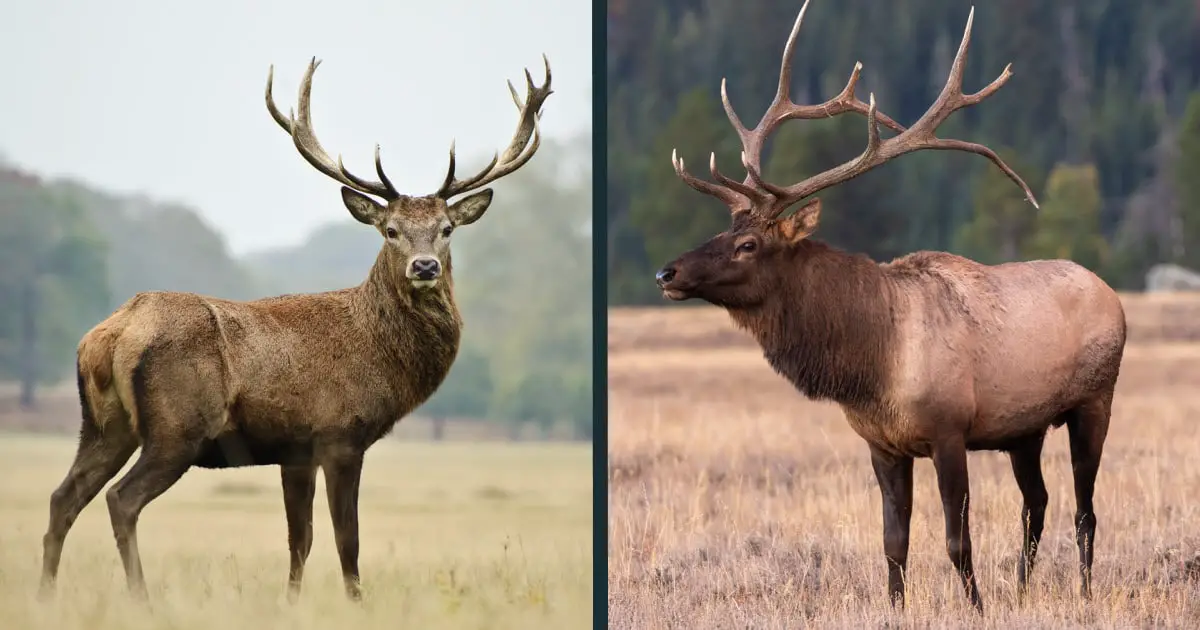


Black-tailed deer are differentiated by their body and antler size, color, geographical distribution, habitat preference, and even their DNA. Columbian blacktails can be found in the coastal areas of northern California, Oregon, Washington, and southern British Columbia, whereas the Sitka subspecies are found on coastal areas of northern British Columbia and southeastern Alaska. Black-tailed deer are categorized by two common mule deer subspecies: Columbian black-tailed deer ( Odocoileus hemionus columbianus) and Sitka black-tailed deer ( Odocoileus hemionus sitkensis) 3. There have been as many as 11 subspecies of mule deer described 1.īlack-tailed deer are a subspecies of mule deer found in the coastal regions of northwestern North America from California to Alaska. Subtle differences in mule deer occur depending on where they live. Mule deer are distributed throughout western North America from the coastal islands of Alaska, down the Pacific Coast of California to southern Baja Mexico and from the extreme northern portion of the Mexican state of Zacatecas, northward through the western Great Plains to the Canadian provinces of Saskatchewan, Alberta, British Columbia and the southern Yukon Territory 2.

Adult mule deer typically range in weight from 125-300lbs, standing around 3.3 feet tall at the shoulder 1. They have mostly brown-gray coats with visible cream or white colored rumps. Mule deer and black-tailed deer (collectively known as ‘mule deer’) are known for their uniquely large ears resembling those of a mule, earning them the species name hemionus meaning ‘half-mule’. Mule deer ( Odocoileus hemionus) are often regarded as ‘ The Deer of the West’ and are one of the most iconic animals in western North America.


 0 kommentar(er)
0 kommentar(er)
